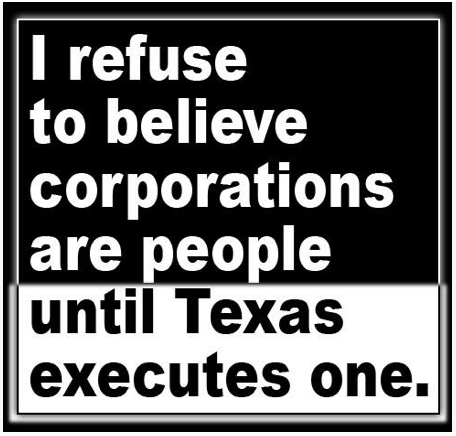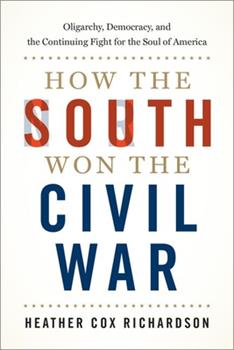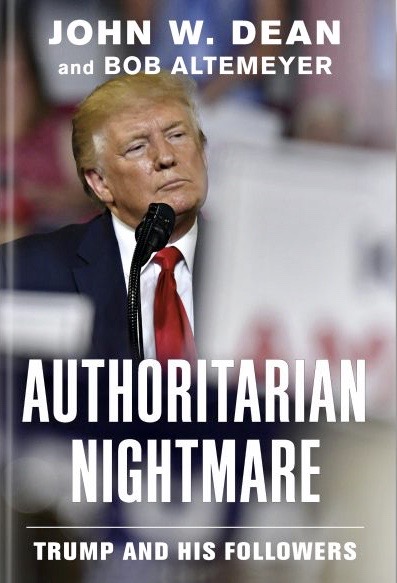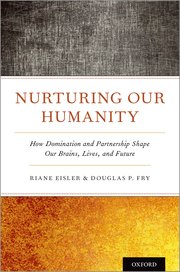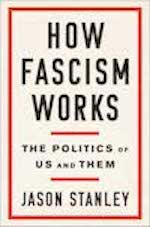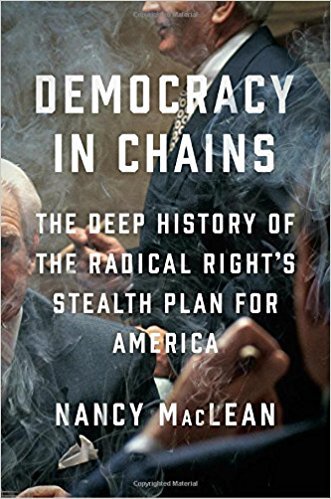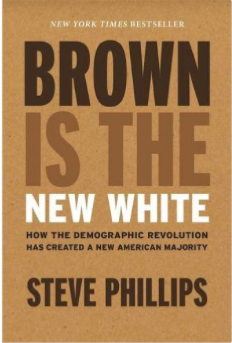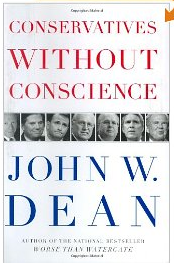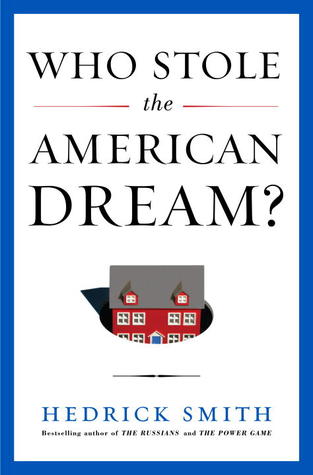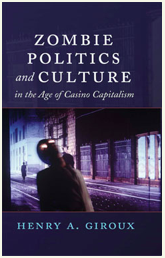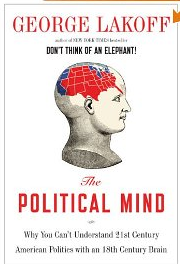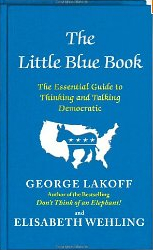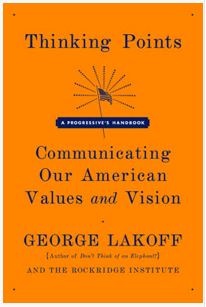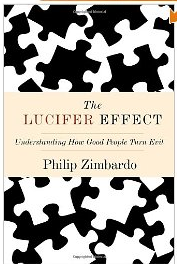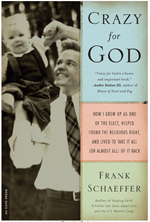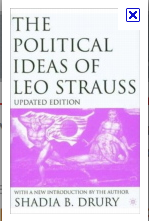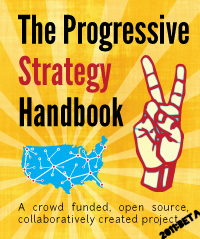Before deciding what freedom is worth to us in this time of financial catastrophe and preemptive war, let’s take a look at what freedom was worth to another generation of Americans.
The table below shows the U.S. tax rates and brackets for the final two years of WWII. They were only slightly less during the previous two years.
It also shows preserving freedom costs every citizen with earned income and, more importantly, the more they earned, the more they paid for preserving that freedom.
| MARRIED – FILLING JOINTLY (1944 $s) | ||
|---|---|---|
| 1944/45 TAX RATES | MORE THAN | BUT LESS THAN |
| 23% | $0 | $2,000 |
| 25% | $2,000 | $4,000 |
| 29% | $4,000 | $6,000 |
| 33% | $6,000 | $8,000 |
| 37% | $8,000 | $10,000 |
| 41% | $10,000 | $12,000 |
| 46% | $12,000 | $14,000 |
| 50% | $14,000 | $16,000 |
| 53% | $16,000 | $18,000 |
| 56% | $18,000 | $20,000 |
| 59% | $20,000 | $22,000 |
| 62% | $22,000 | $26,000 |
| 65% | $26,000 | $32,000 |
| 68% | $32,000 | $38,000 |
| 72% | $38,000 | $44,000 |
| 75% | $44,000 | $50,000 |
| 78% | $50,000 | $60,000 |
| 81% | $60,000 | $70,000 |
| 84% | $70,000 | $80,000 |
| 87% | $80,000 | $90,000 |
| 90% | $90,000 | $100,000 |
| 92% | $100,000 | $150,000 |
| 93% | $150,000 | $200,000 |
| 94% | $200,000 | |
A couple of important aspects of the table above is the number of tax brackets and the maximum tax rate. There are six times as many brackets as we have today and the maximum tax rate was 2.7 times higher in 1945 than the highest rate for 2005.
Note that the above tax brackets are in 1944 dollars. To make this a little more relevant, here is the same table updated to 2005 dollars. For additional relevance, the 2005 tax brackets have been merged into the table. (The year 2005 is used to coincide with the 2005 household income information that is referenced later in this posting.)
| MARRIED – FILLING JOINTLY (2005 $s) | |||
|---|---|---|---|
| 1945 TAX RATES | MORE THAN | BUT LESS THAN | 2005 TAX RATE |
| 23% | $0 | $14,600 | 10% |
| 23% | $14,600 | $20,976 | 15% |
| 25% | $20,976 | $41,953 | 15% |
| 29% | $41,953 | $59,400 | 15% |
| 29% | $59,400 | $62,929 | 25% |
| 33% | $62,929 | $83,906 | 25% |
| 37% | $83,906 | $104,882 | 25% |
| 41% | $104,882 | $119,950 | 25% |
| 41% | $119,950 | $125,859 | 28% |
| 46% | $125,859 | $146,835 | 28% |
| 50% | $146,835 | $167,812 | 28% |
| 53% | $167,812 | $182,800 | 28% |
| 53% | $182,800 | $188,788 | 33% |
| 56% | $188,788 | $209,765 | 33% |
| 59% | $209,765 | $230,741 | 33% |
| 62% | $230,741 | $272,694 | 33% |
| 65% | $272,694 | $326,450 | 33% |
| 65% | $326,450 | $335,624 | 35% |
| 68% | $335,624 | $398,553 | 35% |
| 72% | $398,553 | $461,482 | 35% |
| 75% | $461,482 | $524,412 | 35% |
| 78% | $524,412 | $629,294 | 35% |
| 81% | $629,294 | $734,176 | 35% |
| 84% | $734,176 | $839,059 | 35% |
| 87% | $839,059 | $943,941 | 35% |
| 90% | $943,941 | $1,048,824 | 35% |
| 92% | $1,048,824 | $1,573,235 | 35% |
| 93% | $1,573,235 | $2,097,647 | 35% |
| 94% | $2,097,647 | 35% | |
The table below compares the 1945 and 2005 tax rates from the above table. The third column shows the reduction in the tax rate. As you can see, the reduction is not uniform and grows as income increases. These non-uniform reductions are highlighted in the last column by comparing all tax rate reductions in column three to the lowest reduction of four percent. The highest reduction is almost fourteen times greater than the lowest.
| COMPARING 1945 TO 2005 WHO GAINED THE MOST |
|||
|---|---|---|---|
| 1945 TAX RATES | 2005 TAX RATES | REDUCTION | DELTA TO LOWEST |
| 23% | 10% | 13% | 225.0% |
| 23% | 15% | 8% | 100.0% |
| 25% | 15% | 10% | 150.0% |
| 29% | 15% | 14% | 250.0% |
| 29% | 25% | 4% | 0.0% |
| 33% | 25% | 8% | 100.0% |
| 37% | 25% | 12% | 200.0% |
| 41% | 25% | 16% | 300.0% |
| 41% | 28% | 13% | 225.0% |
| 46% | 28% | 18% | 350.0% |
| 50% | 28% | 22% | 450.0% |
| 53% | 28% | 25% | 525.0% |
| 53% | 33% | 20% | 400.0% |
| 56% | 33% | 23% | 475.0% |
| 59% | 33% | 26% | 550.0% |
| 62% | 33% | 29% | 625.0% |
| 65% | 33% | 32% | 700.0% |
| 65% | 35% | 30% | 650.0% |
| 68% | 35% | 33% | 725.0% |
| 72% | 35% | 37% | 825.0% |
| 75% | 35% | 40% | 900.0% |
| 78% | 35% | 43% | 975.0% |
| 81% | 35% | 46% | 1,050.0% |
| 84% | 35% | 49% | 1,125.0% |
| 87% | 35% | 52% | 1,200.0% |
| 90% | 35% | 55% | 1,275.0% |
| 92% | 35% | 57% | 1,325.0% |
| 93% | 35% | 58% | 1,350.0% |
| 94% | 35% | 59% | 1,375.0% |
The table below groups and averages the information from the above table. There are three breakpoints based on the number of households above and below that point.
As you can see from the RICHER GAIN row, the RICHER have gotten, on average, three times greater tax breaks than the POORER, regardless of the breakpoint chosen. At the $105,000 breakpoint, 16 percent of the richest households got 361 percent bigger tax breaks than the other 84 percent of households.
| 60 YEAR TAX CUT GAINS COMPARING 1945 TO 2005 – POORER VS. RICHER |
||||||
|---|---|---|---|---|---|---|
| INCOME BREAKPOINTS |
$273K | $146K | $105K | |||
| AVG GAIN HSEHOLD SPLIT |
AVG | HSEHLD | AVG | HSEHLD | AVG | HSEHLD |
| POORER | 16.3% | 98.5% | 11.6% | 93.0% | 9.9% | 84.0% |
| RICHER | 45.5% | 1.5% | 38.7% | 7.0% | 35.6% | 16.0% |
| RICHER GAIN | 279% | 334% | 361% | |||
A fourth breakpoint at $63K shows that 37 percent of the RICHER households got a 342 percent bigger tax break than the POORER households.
In my previous posting, I used systemic causation to show that paying taxes contributes to the success of all citizens by trying to provide a basic foundation from which we could all grow. I also stated in the article that, “Cutting taxes, especially for the rich, only increases the chances of success for the rich … while it reduces the chances of success for the rest of America’s citizenry ….”
What the tables above show is that the funds for creating our common good infrastructure have been cut drastically over the last 60 years. That means not only are our chances for success significantly reduced, but so is our ability to maintain our freedom.
Freedom from harm requires our protection. Freedom to grow and succeed requires our empowerment. Protection and empowerment require our government (Freedom cannot be subjugated to free enterprise profits.) and sufficient tax revenue.
- Disproportionate tax breaks for the rich means fewer funds for citizen protection: fewer police, fewer firemen, fewer EMTs, fewer civil service workers to keep an eye on profit-before-morals enterprises, roads and public utilities that can’t be upgraded, a public education system that only works for the rich, fewer air traffic controllers to watch the skies, less funding for scientific research that leads to new employment opportunities, a broken banking system that can’t fund new opportunities, less funding for responding to epidemics and large natural disasters, loss of civil liberties, etc.
- Disproportionate tax breaks for the rich also means fewer funds for citizen empowerment: less funding for proper and free elections, less capable public education for more and more citizens, unbuilt and unmaintained roads for mobility, failing communications and internet services needed for information, brown outs and black outs that reduce business and employment, dwindling water supplies, closed libraries, shorter hours for public services, less stable banking and securities systems, a less fair labor market, etc.
So, taxes improve the possibility of citizen success by allowing our government to protect (freedom from harm) and to empower (freedom to grow) us.
What are we willing to pay for freedom? How about our fair share of citizenship dues – taxes not unlike those of WWII? I suggest we raise the 33 percent tax rate to 35, let the 35 return to 39.6 percent, and add several more brackets for those making more than $500,000.




